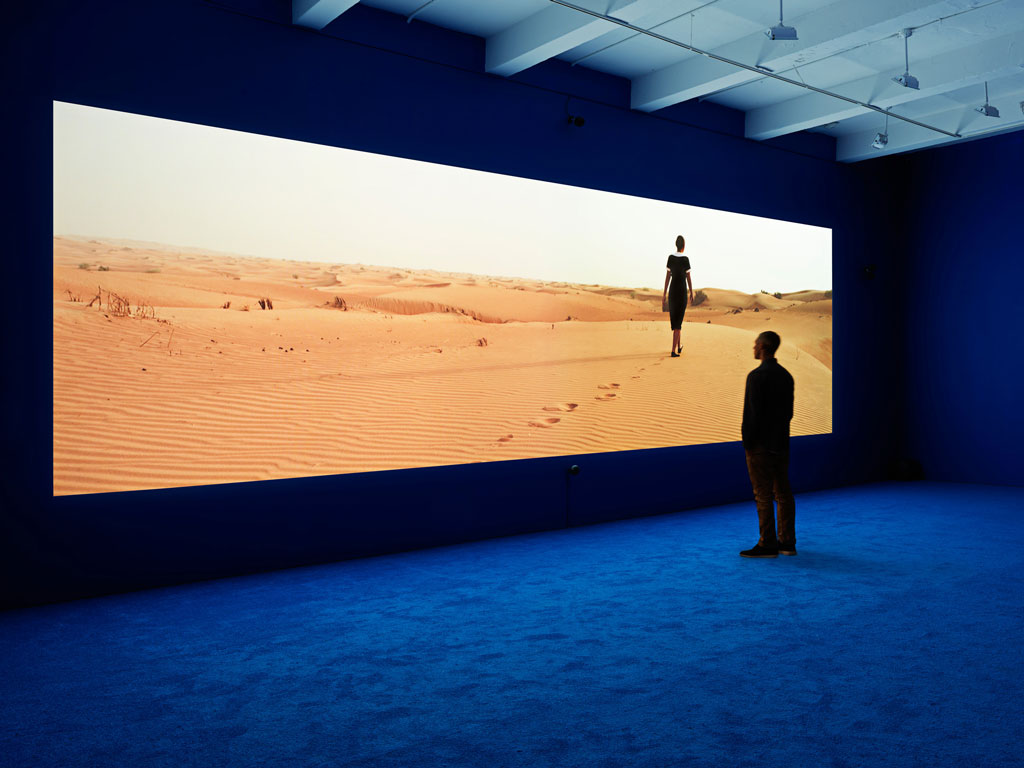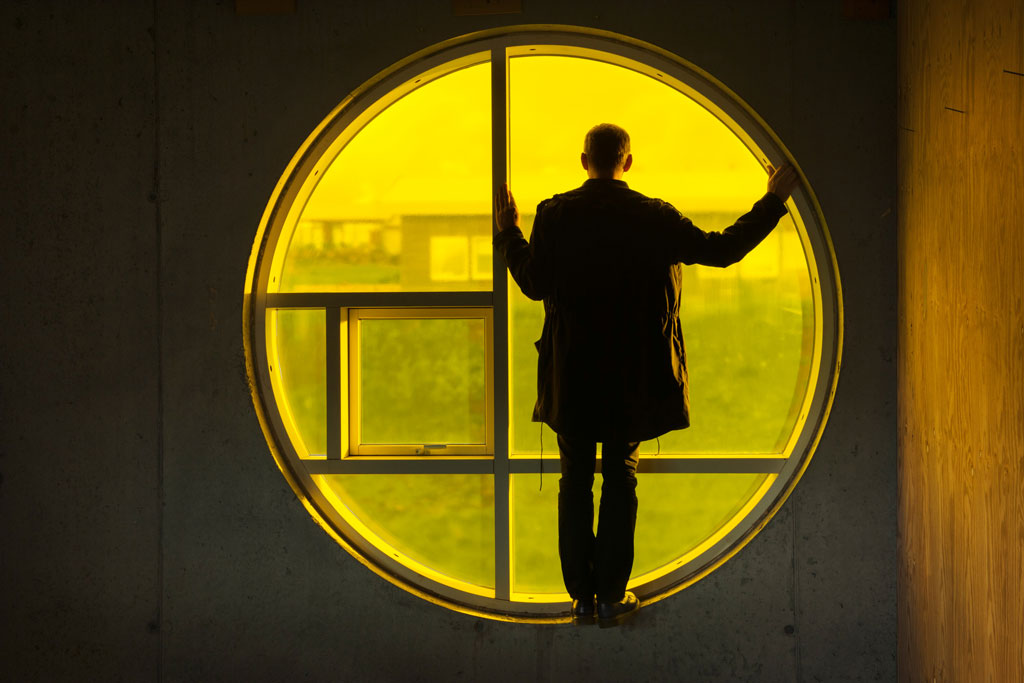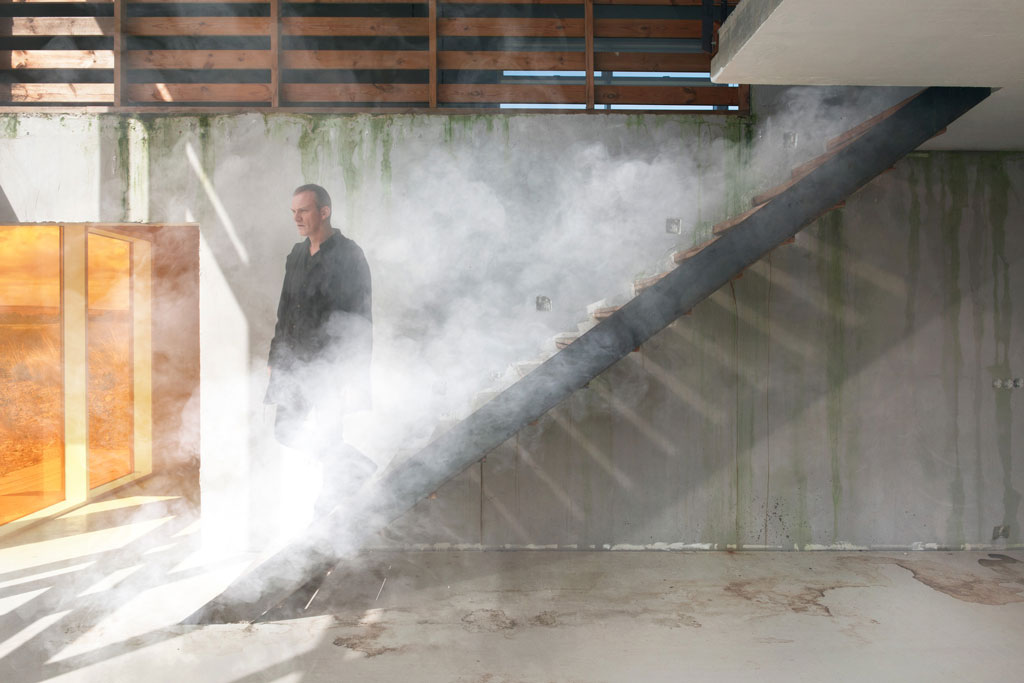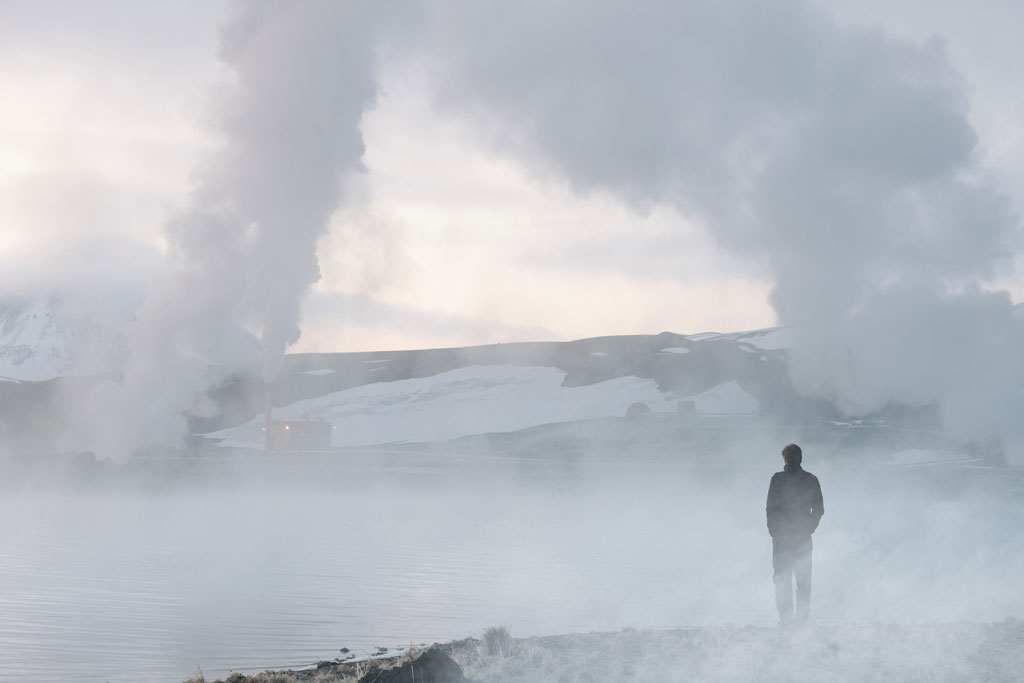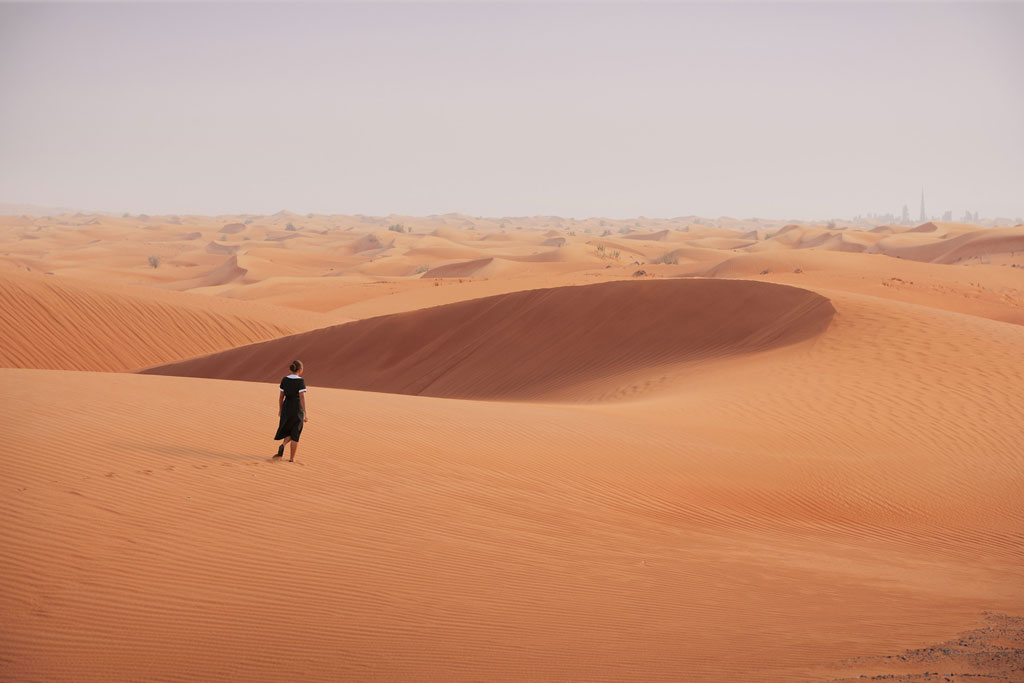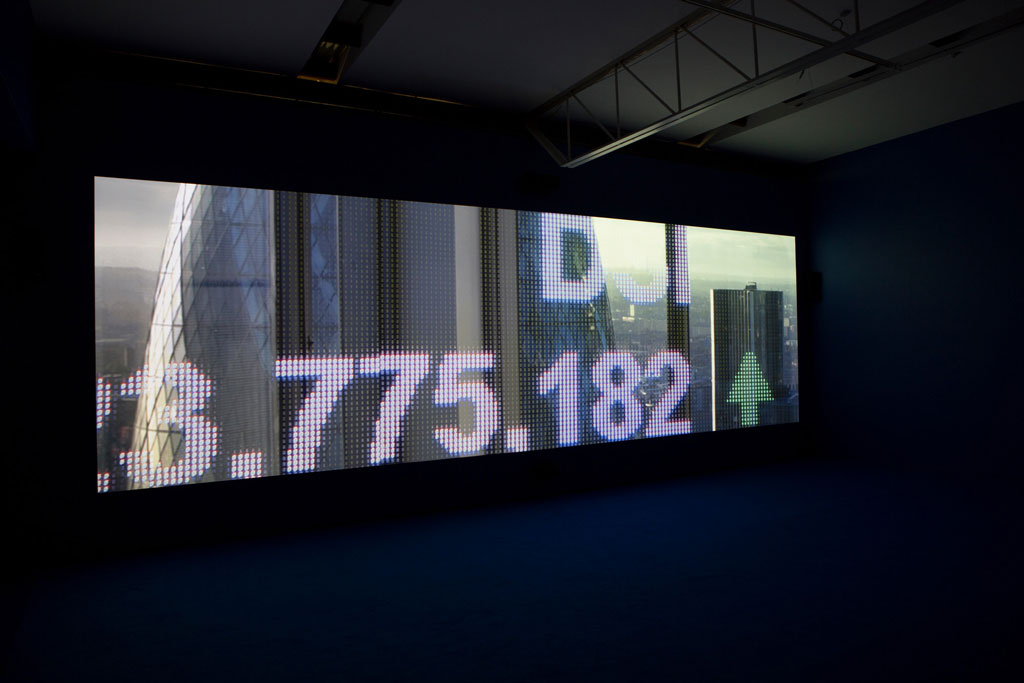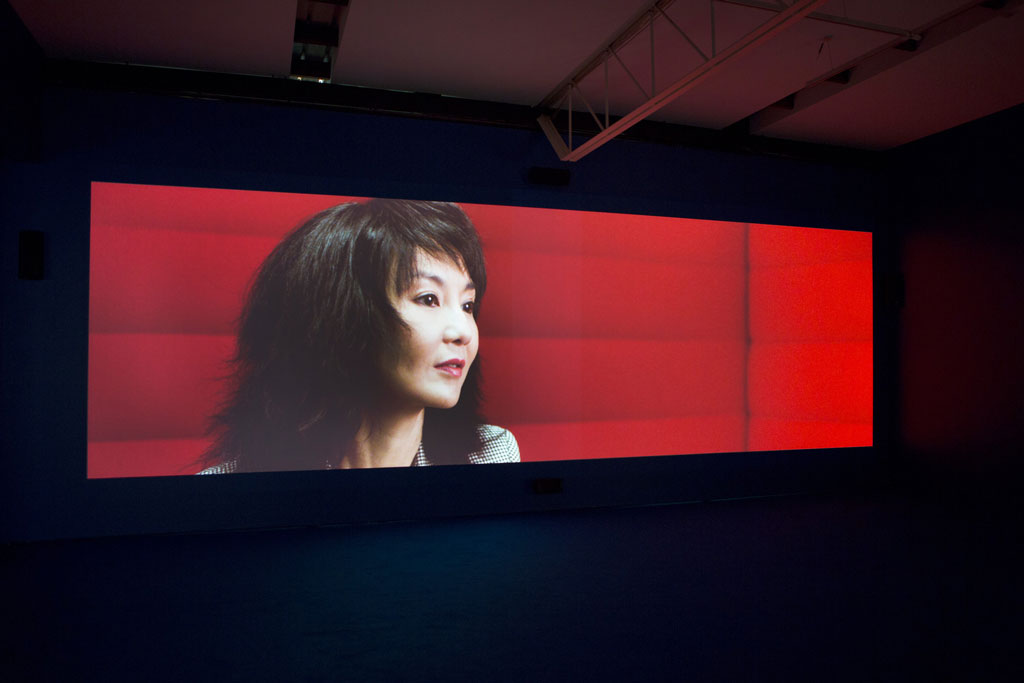ART-PRESENTATION: Isaac Julien-Playtime
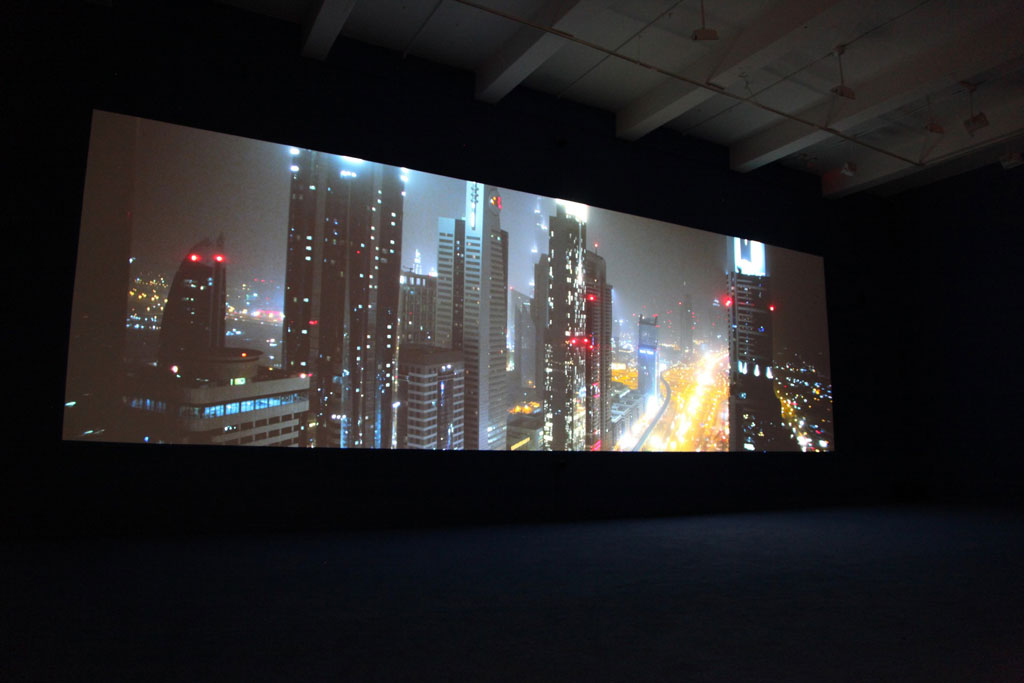 Isaac Julien is an internationally acclaimed artist and filmmaker known for his technically complex, politically charged, and visually arresting installations. Born and raised in London’s East End to parents from the Caribbean island-nation of St. Lucia, he co-founded Sankofa Film and Video Collective, a group committed to liberating the aesthetics of black independent film, in 1983.
Isaac Julien is an internationally acclaimed artist and filmmaker known for his technically complex, politically charged, and visually arresting installations. Born and raised in London’s East End to parents from the Caribbean island-nation of St. Lucia, he co-founded Sankofa Film and Video Collective, a group committed to liberating the aesthetics of black independent film, in 1983.
By Dimitris Lempesis
Photo: LACMA Archive
Marking Isaac Julien’s first major solo presentation in Los Angeles, the moving-image installation “Playtime” (2014), a captivating critique of the influence of capital on the art market, is on show at LACMA (Los Angeles County Museum of Art). The work is presented in a wide-screen format achieved by using an edge-blend technique to combine two 16 × 9 screens into a single 3 × 1 Cinerama-type screen. The equally immersive sound track is achieved using 5.1 surround sound. A post-2008 spin on Jacques Tati’s 1967 film of the same name, “Playtime” unfolds across three capital cities (London, Reykjavik and Dubai) that represent cities and populations extensively reshaped by the 2008 global financial crisis. “Playtime’s” cosmopolitan spectacle, presented in a kaleidoscopic montage across seven large screens, interconnects the lives of its archetypical characters (hedge fund managers and art world players in London; a photographer in Reykjavik; and a Filipina houseworker in Dubai) each of whom is based on a real-life individual directly affected by the market collapse. Julien visualizes the potential of capital to both create social mobility and produce obstacles to it, foregrounding the way each character inhabits and traverses the sweeping high-tech cityscapes, contemporary architecture, and sublime natural landscapes of these worldly locales. Conceived in dialogue with two other works by Julien “Ten Thousand Waves)” (2010) and “Kapital” (2013), “Playtime” offers a late-capitalist revision of Karl Marx’s identity-neutral definition of the proletariat. In Playtime, the occupation, aesthetic, dress, speech, and narrative of each character illustrate issues of migration, race, class, and gender, as well as the cardinal question of how such details affect individuals’ everyday lives. Julien revisits several motifs throughout the film: the verticality of power versus the horizontality of impotence; the invisibility of capital; the art object as a substantiation of capital; and the questionable morality of wealth. Isaac Julien’s “Ten Thousand Waves” (2010) is a multi-screen installation shot on location in China. The work poetically weaves together stories linking China’s ancient past and present. Through an architectural installation, the work explores the movement of people across countries and continents and meditates on unfinished journeys. A nighttime coast guard emergency call and rescue helicopter footage from the 2004 Morecambe Bay tragedy, in which 23 Chinese cockle pickers perished in the rising tide off the Northwest coast of England, sets the scene for Isaac Julien’s poetic meditation on what drives people to search for a “better life”. Over four years, Julien researched contemporary and historic Chinese culture and collaborated with many of China’s leading creative talents, including film stars Maggie Cheung and Zhao Tao, poet Wang Ping, and media artist Yang Fudong. Filmed in both contemporary and historic Shanghai, and in the subtropical mountains of Guangxi province, the visually luscious video interweaves contemporary struggles of daily life with ancient mythology and historical artistic forms. A central figure is the ancient Goddess Mazu, protector of seafarers—a powerful deity in the legends of Fujian, the native home of the lost cockle pickers. In “Ten Thousand Waves” Mazu bears witness to the contemporary tragedy of Morecambe Bay through parallel stories of wandering fishermen in the 15th Century Ming period and the making of the film “The Goddess” (1934) in modern Shanghai. As part of his preparatory research for “Playtime”, in 2012 Julien produced a public talk at the Hayward Gallery in London entitled “Choreographing Capital”, in which the artist addressed the problem of representing the invisible flows and relations of capital with world-renowned Marx scholar, David Harvey. Deftly editing the rich and insightful conversation that follows with a fast-paced montage of telling moments from film and media history, in “Kapital” (2013) Julien and his audience of invited scholars illuminate many of the driving forces and felt repercussions of 21st Century capitalism. During “Kapital’s” creation process said “As I cannot film the thing itself, capital, I hope to film its shadow: its effects, its movements and the social relations it creates”. “KAPITAL” went on to be prominently featured at the 2015 Venice Biennale and has complimented “Playtime” at many other venues world-wide. Also on Saturday, May 18, LACMA will be hosting an all-day symposium in conjunction with the exhibition. The symposium will explore a variety of perspectives on these topics and others in Julien’s work, and ways to understand his practice in the contexts of contemporary art, cinema, and theory. The event features screenings, talks, and panel discussions with historians, scholars, and artists responding to four important films by Julien. Featured speakers include: artist Charles Gaines, newly announced Pulitzer Prize winner Jeffrey Stewart, film scholar and critic B. Ruby Rich, curator Mark Nash, LACMA VP of Education Naima J. Keith, and Sarah Thornton, writer and sociologist of culture.
Info: Curator: Christine Y. Kim, LACMA (Los Angeles County Museum of Art), 5905 Wilshire Blvd., Los Angeles, Duration: 5/5-11/8/19, Days & Hours: Mon-Tue & Thu 11:00-17:00, Fri 11:00-20:00, Sat-Sun 10:00-19:00, www.lacma.org
